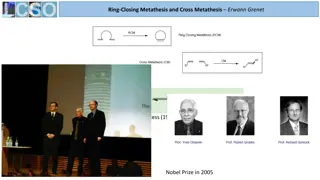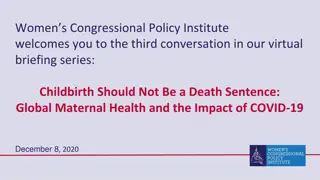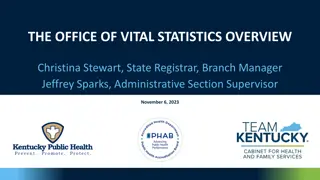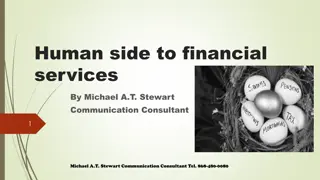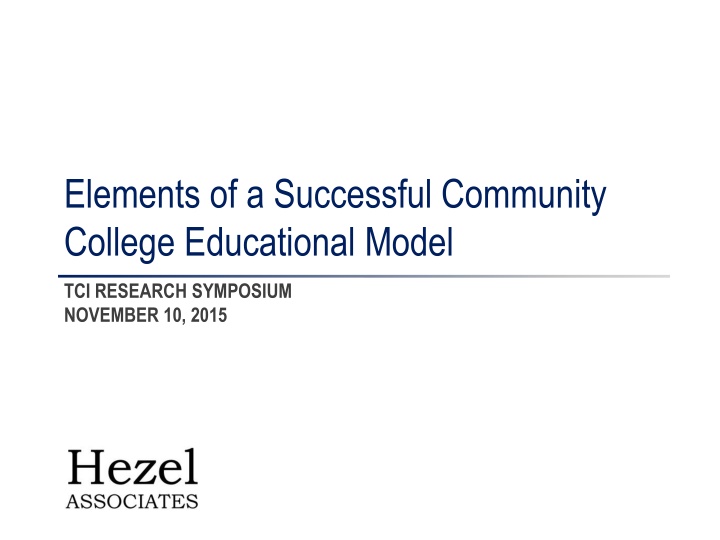
Key Elements for Success in Community College Education Model
This presentation discusses the elements essential for a successful community college educational model, focusing on the National STEM Consortium's evaluation findings. It highlights the impact of block scheduling, cohort enrollment, compressed program schedules, employer linkages, hybrid delivery, navigator services, and contextualized online remediation. The research explores the promise of these components in enhancing community college education, based on in-depth model research and methods such as review of evaluation data, interviews with project staff, and literature examination.
Download Presentation

Please find below an Image/Link to download the presentation.
The content on the website is provided AS IS for your information and personal use only. It may not be sold, licensed, or shared on other websites without obtaining consent from the author. If you encounter any issues during the download, it is possible that the publisher has removed the file from their server.
You are allowed to download the files provided on this website for personal or commercial use, subject to the condition that they are used lawfully. All files are the property of their respective owners.
The content on the website is provided AS IS for your information and personal use only. It may not be sold, licensed, or shared on other websites without obtaining consent from the author.
E N D
Presentation Transcript
Elements of a Successful Community College Educational Model TCI RESEARCH SYMPOSIUM NOVEMBER 10, 2015
Introduction Sarah (Stewart) Singer Research Associate at Hezel Associates Tashera Bolds STEM Fellow, Syracuse University Hezel Associates Research and evaluation firm in Syracuse, NY Evaluate several TAACCCT projects 2
National STEM Consortium TAACCCT Round 1 10 colleges, 9 states 5 technical tracks, 1-year certificates Educational model 3
NSC Evaluation Findings High retention High employment rate Strong partnerships built between colleges, employers, workforce agencies, associations, etc. 4
Model Research More in-depth look at model elements Impacts are difficult to quantify NSC wanted to contribute to community college research Research question: What is the promise of components of the NSC model in community college education? 5
Model Elements 1. Block scheduling 2. Cohort enrollment 3. Compressed program schedule 4. Employer linkages 5. Hybrid delivery 6. Navigator services 7. Contextualized online remediation 6
Methods Review of previous evaluation data Additional interviews with project staff Examination of literature 7
Block Scheduling Increased in-class time for assignments Streamlined registration process Increased retention rates Essential component of the learning community model 8
Cohort Enrollment Encourages active group work Facilitates relationship-building Requires communal component Allows faculty exploration of diverse teaching methodologies Needs to be a certain size 9
Compressed Program Schedule Employment benefits to quickly completing programs Condensing some curricula not ideal Student performance varies 10
Employer Linkages Increased student exposure to industry Increased student success in programs Need sustained engagement with industry 11
Hybrid Delivery Allows students to self-pace Streamlines grading for faculty Requires instructor understanding of technology Not ideal for technical curricula Communication can be problematic 12
Navigator Services Related to increased student retention and persistence Benefits all students, but more helpful to some populations Intense resource requirements 13
Contextualized Online Remediation Promotion of better academic performance Not useful to students who do not need it Adaptable to secondary and post-secondary students 14
Relationships Cohort enrollment and block scheduling Cohort enrollment and compressed program schedule Cohort enrollment and hybrid delivery Cohort enrollment and navigator services 15
Implications Model components are most effective when implemented together Factors, like resources, student demographics, curricular content, and institutional processes, must be considered Cohort enrollment and navigator services are essential for student success 16
Further Research Potential Examine cohort/navigator relationship Focus on different groups outcomes Determine resources needed for implementation Explore long-term outcomes, like employment and employment retention 17






